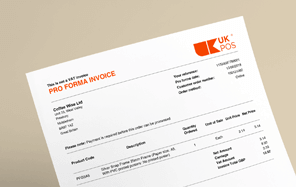How to Improve Patient Experience with Clear Signage
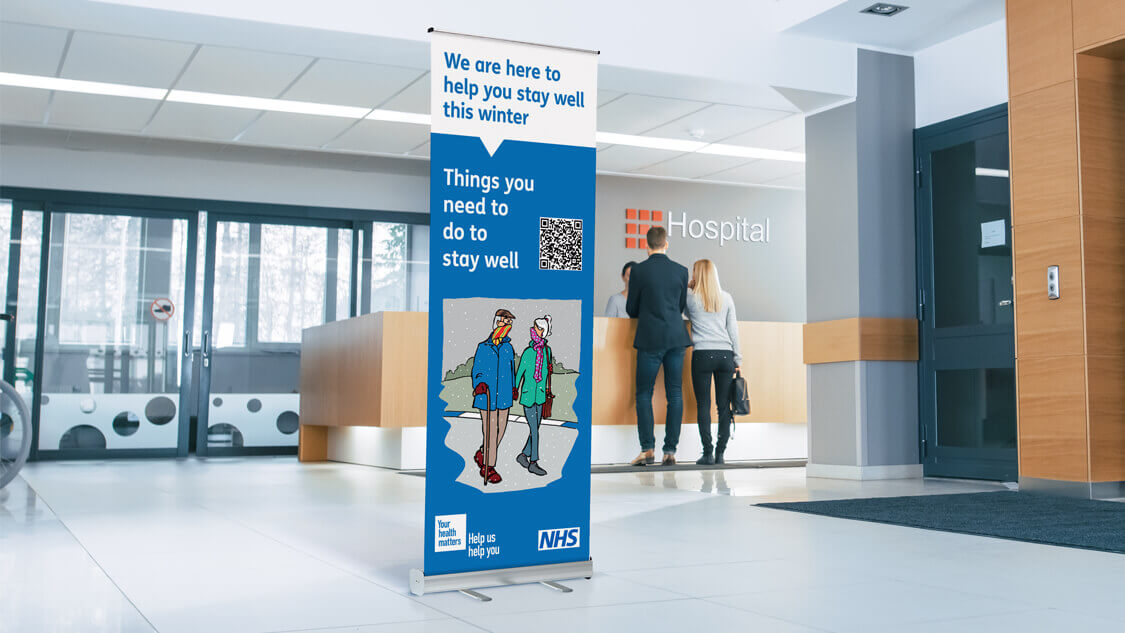
Clear, consistent communication is at the heart of a positive patient experience. In healthcare environments such as doctor’s surgeries, hospitals, and community clinics, patients often feel anxious or overwhelmed. Effective signage and display solutions can ease this pressure by guiding people through unfamiliar spaces, delivering essential information, and providing reassurance.
Studies have shown that clear signage causes a significant reduction in patient stress levels [1]. From traditional poster displays to digital signage, the right tools can totally transform the way patients interact with their environment. Below, we explore how signage and displays can support healthcare teams in enhancing patient experience.
Supporting Wayfinding with Visible Displays
Getting lost in a hospital or clinic can increase stress for patients and visitors alike. Wayfinding signage plays a vital role in helping people navigate efficiently.
Door and wall signs provide clarity on consultation rooms, departments, or specialist services. Clear labelling ensures patients can find the right location without repeated interruptions to staff.
Digital display screens can offer dynamic maps and announcements, adapting instantly to changes such as altered visiting hours or clinic relocations.
Snap frame poster holders are a simple yet effective solution for maps, floor directories, and clinic timetables. They allow information to be updated quickly and remain neatly presented.

Totem displays and banners are eye-catching and provide a large space to present lots of information clearly.
By making routes and destinations unambiguous, signage not only improves patient satisfaction but also reduces the burden on reception staff.
"Patients are flooded with overwhelming amounts of information when they come to the hospital and it is crucial to ensure that navigational information is conveyed in a patient-friendly, easily navigable format" [1]
Communicating Health and Safety Messages
Healthcare providers must constantly deliver timely information about hygiene practices, safety guidelines, and policy updates. Static and digital signage ensures these messages are visible where they are most needed.

Hygiene reminders: Posters and wall signs near sinks and sanitising stations reinforce handwashing practices and infection control.
Emergency procedures: Clearly displayed evacuation routes and safety instructions provide reassurance and compliance with regulations.
Public health campaigns: Rotating posters or digital slideshows allow clinics to highlight seasonal health advice, such as flu vaccination drives or allergy awareness.
By placing essential information in high-traffic areas, healthcare teams can improve compliance and patient safety.
Making Information and Paperwork Accessible
Patients often need brochures, leaflets, or forms to better understand their treatment options, rights, and next steps. Without a clear and accessible system, paperwork can easily become misplaced or overlooked.
Leaflet holders keep brochures organised and visible, enabling patients to pick up information about services, conditions, or lifestyle advice at their own pace.
Countertop displays ensure registration forms or prescription request slips are easy to find at reception desks.
Wall-mounted dispensers save space while keeping essential documents within reach, reducing clutter and maintaining a professional appearance. Use them in public areas as well as behind reception desks and in offices for staff.

Providing information in an orderly and accessible way empowers patients to take ownership of their care and reduces administrative frustrations.
Enhancing the Waiting Room Environment
The waiting area is where patients may spend the most time. Signage and displays can help turn this often stressful space into a more positive environment.

Digital displays can share live waiting times, educational videos, or wellness tips, reassuring patients that they are being kept informed. You can also use tablets and other touchscreens for self check-ins.
Posters and leaflets can highlight preventative health measures, such as nutrition or exercise advice, giving patients useful insights while they wait.
Directional signage within the waiting room ensures patients know where to go when called, maintaining a smooth flow.
These solutions improve the patient journey while subtly reinforcing the professionalism of the healthcare setting.

Flexibility and Adaptability
Healthcare environments are dynamic, with frequent updates to timetables, visiting policies, and services. Display solutions such as snap frames and digital screens offer the flexibility to adapt quickly without sacrificing clarity.
Easy-to-update signage minimises disruption and ensures patients receive accurate, current information. This responsiveness is crucial in maintaining trust and avoiding confusion.
Conclusion
In modern healthcare, effective communication goes far beyond conversations between staff and patients. Clear signage and well-chosen display solutions contribute significantly to improving patient experience in terms of comfort, safety, and confidence.
By investing in tools such as snap frames, digital screens, leaflet holders, and door signs, healthcare providers can ensure essential information is always accessible and presented in a professional manner. The result is a smoother patient journey, fewer misunderstandings, and a stronger sense of trust between patients and their care providers.
If you enjoyed this article...↗
Check out the Healthcare Hub for more guides and insights...
-


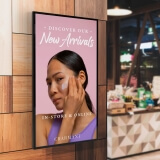
Android Digital Display Screen
DDW2 In stockWas: £564.00 From: £507.60 ex. VATView -
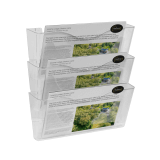
Stackable A4 Leaflet Holder Wall Mounted
SWP In stockFrom: £4.20 ex. VATView -

Side By Side Leaflet Holders With Multiple Pockets
WD19 In stockFrom: £3.96 ex. VATView -

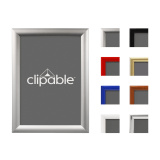
Snap Frame 25mm Frame
PFG In stockFrom: £3.20 ex. VATView -
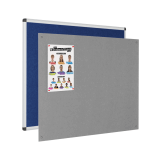
Fire Resistant Notice Board
UFRN In stockFrom: £67.80 ex. VATView -
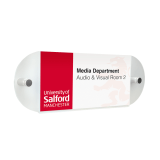
Acrylic Office Sign and Standoffs
WMD In stockFrom: £6.09 ex. VATView -

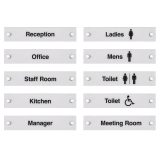
Rectangular Acrylic Door Signs with Standoffs
ADS In stockFrom: £11.36 ex. VATView -
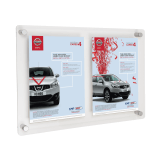
Twin A4 Poster Holder Wall Mounted
IBH2 In stock£48.21 ex. VATView
References
1. Maqbool et al , ‘Importance of patient-centred signage and navigation guide in an orthopaedic and plastics clinic’ (2016), British Medical Journal, https://bmjopenquality.bmj.com/content/5/1/u209473.w3887.
2. Katherine Maskell, Paula McDonald and Priyamvada Paudyal, ‘Effectiveness of health education materials in general practice waiting rooms: a cross-sectional study’ (2018) , British Journal of General Practice 2018; 68 (677): e869-e876. DOI: https://doi.org/10.3399/bjgp18X699773.
3. Sahoo B, Pillai J K, Md S, et al., ‘Implementation of Wayfinding Signage in Public Hospitals and Its Evaluation Towards Quality Improvement’ (July 26, 2024), Cureus 16(7): e65435. doi:10.7759/cureus.65435.
4. ‘Digital Displays For Healthcare’, https://scanlite.co.uk/industries/healthcare/.






















